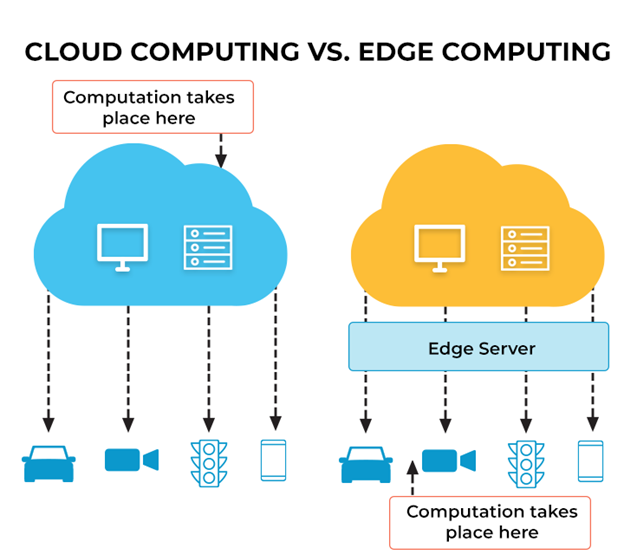Cloud & Edge Computing: Maximizing the Benefits of Both Worlds

About Course
In today’s digital-first world, computing no longer lives exclusively in massive data centers. From cloud-powered services that drive global enterprises to edge computing devices operating on factory floors, the modern computing landscape is rapidly evolving. This course offers an exciting dive into both cloud and edge computing, revealing how each model works, where they shine, and how their integration is shaping the future of technology. Whether you’re streaming a movie, deploying smart healthcare devices, or analyzing IoT sensor data in real-time, understanding how cloud and edge work together is crucial for building efficient and scalable systems.
Through real-world use cases and hands-on examples, you will explore the strengths, trade-offs, and synergies of cloud and edge computing. You’ll learn how organizations harness the cloud for flexibility and scale, while leveraging the edge for speed and data sovereignty. By the end of the course, you’ll not only appreciate the technological and strategic dimensions of cloud and edge architectures, but also be prepared to design hybrid solutions that unlock the best of both worlds.
Course Content
Introduction
Definition of Cloud and Edge Computing
00:00Comparison of Cloud and Edge Computing
00:00Importance of Understanding Cloud and Edge Computing
00:00